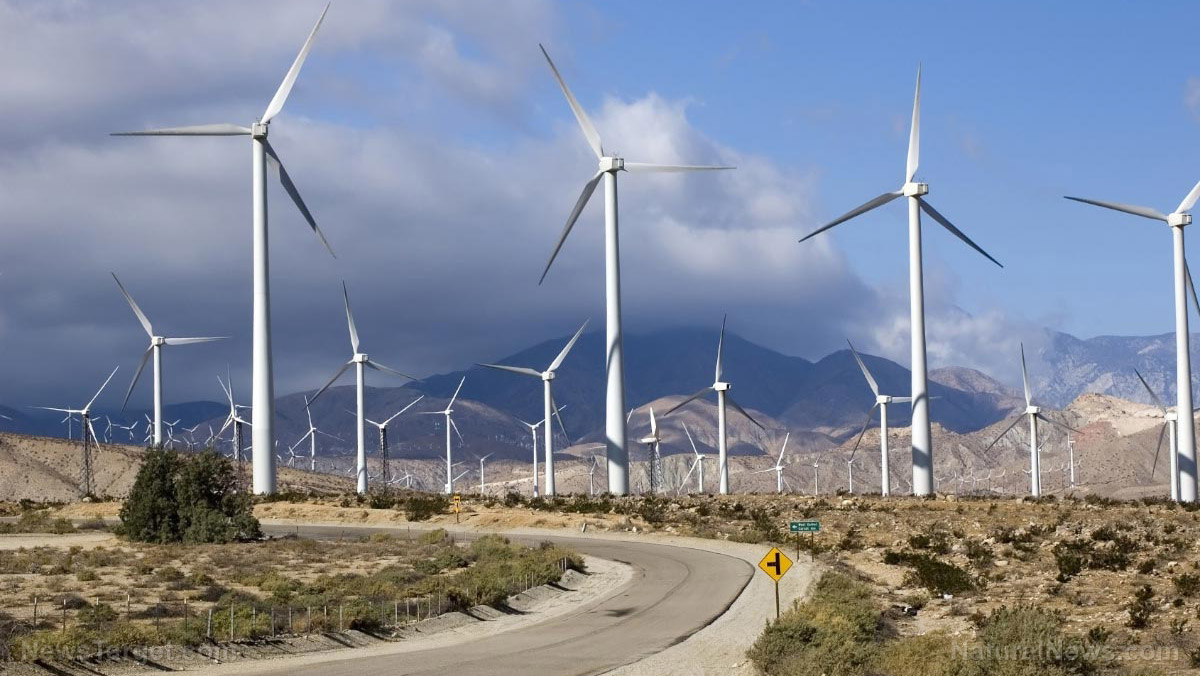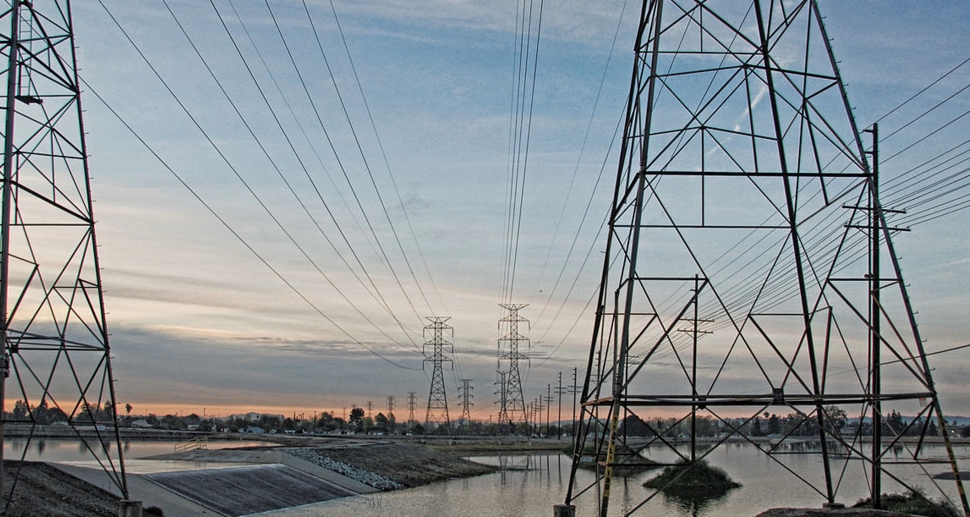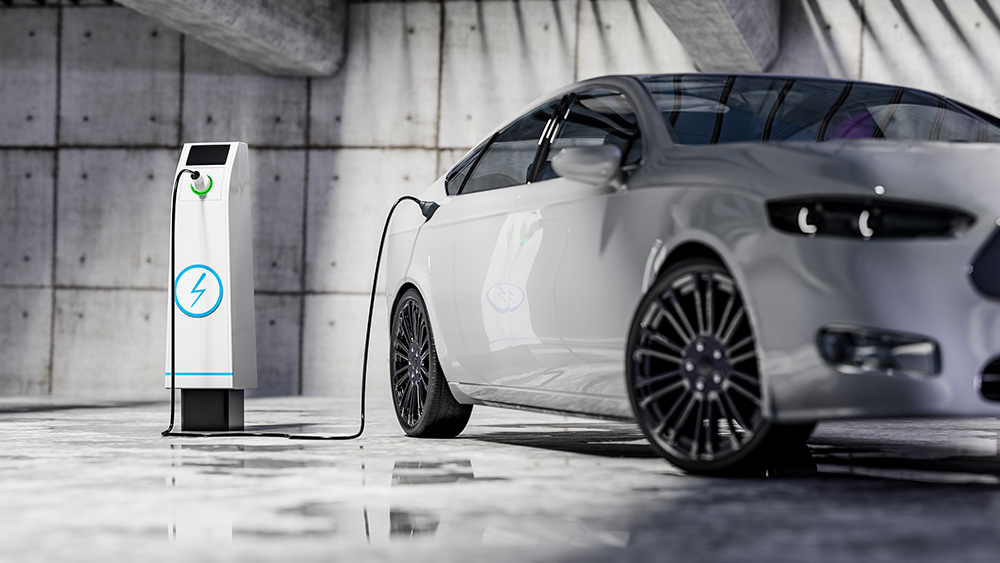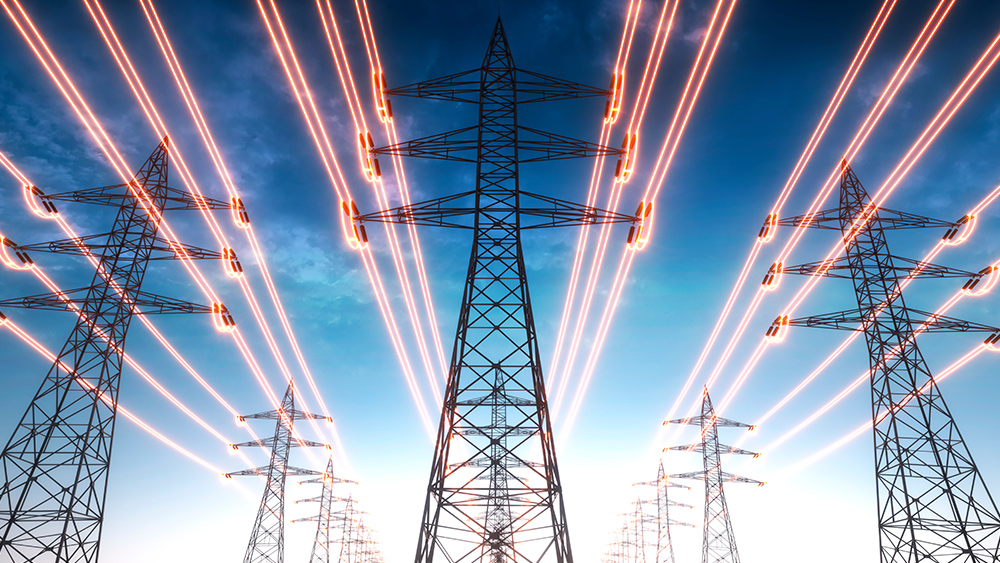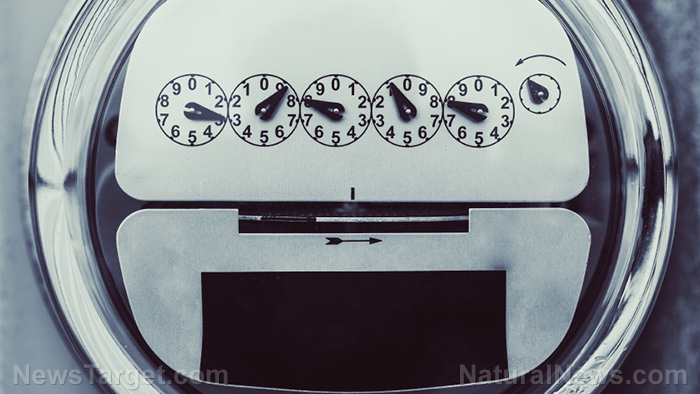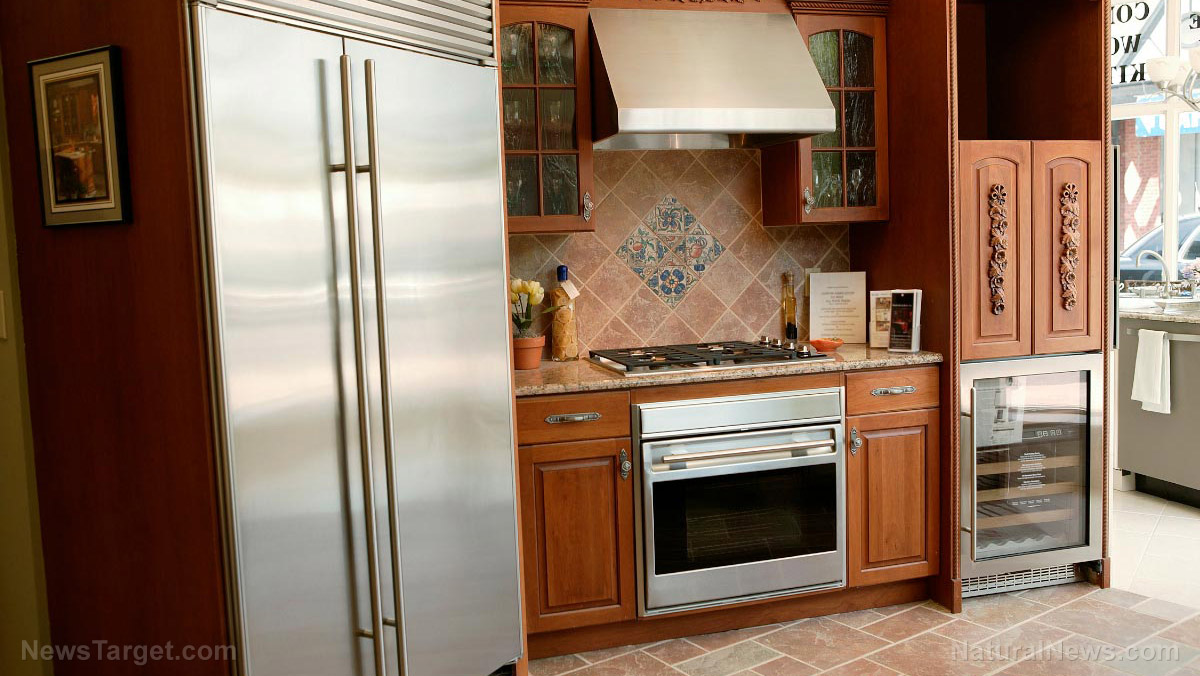Things to do immediately after a power grid failure
07/11/2023 / By Olivia Cook

A power outage can be inconvenient and devastating, especially if you are unprepared.
Here’s a sample to-do checklist for specific tasks immediately following a grid-down scenario. Take time to carefully think through this task list with your family and create your own plan to prepare for when the power grid goes down.
Locate your family members
Family, including your pets, is a top priority. You want to try and track your family members down and make sure you know where everyone is. Worrying about them is not too much of an issue if you know that they all know what they need to do in this event. (Related: LIGHTS OUT: 20 Things you need to do during a power outage.)
Investigate the cause of the power outage
Most power outages don’t last very long. However, sometimes outages can last for days or even weeks.
Brownouts, blackouts or permanent faults are interruptions between power generation and the supply of electricity to homes that can stem from equipment failure, inclement weather conditions, human error and even animal interference.
Rolling blackouts are planned power outages implemented in areas with unstable grids or with infrastructure that cannot handle the population it serves. Scheduled maintenance is usually communicated to households in advance by the utility company.
Set up temporary power
For a night grid down on set, get to your “lights outbox” or your “power outage kit.”
For those who have never heard those terms, they’re essentially boxes or containers of supplies that are easy to find in the dark – the first things you will look for in the event of a power outage.
These are not full emergency kits, but portable and sturdy containers that are easy to see in the dark and that should essentially contain lighting and heating options, and supplies and items that will help you get started in an emergency.
Unplug all of your appliances
Once you have a source of light, you can unplug the appliances that you won’t need if you have a generator. Anything with electrical circuitry needs to be unplugged to prevent any potential electrical damage.
You could also shut off the main breaker. When power lines go down, a spike or surge in the line could damage your appliances, so this preventive measure could save you thousands of dollars.
Take care of the food in your refrigerator and/or freezer
Food in your rapidly warming refrigerator and/or freezer is your next concern. Make a mental list of food items you have in there and plan your meals for a prolonged power outage.
Food in the freezer can wait a few days, as long as the door is not opened. With food in the refrigerator, you can pull everything out and put them in separate coolers – for days one, two and three. Put in as much ice and frozen blue ice packs as you can to help the food stay cooler.
Determine what can be left out to sit on a counter so you are not wasting precious cooler space. Label each cooler with its contents, and what needs to be consumed first.
Collect and save as much water as you can
If there is still water pressure, fill up every “clean” container (pots, pans, jugs, bottles, etc.) you can find.
You can’t really control your bowel movements or urge to urinate whether you have power or not. If you think the power will go out due to a storm, flush your toilets before the power is out.
Toilets probably won’t work in a long-term outage, so you can make your own with a bucket or out in nature if you live in a rural area. In the bathroom with a window, set up a porta-potty.
Be prepared to use your off-grid cooking supplies
You can set up camp stoves that will work until the propane is gone or light up a grill to cook your meats and other perishable items.
Check on your neighbors
Someone might have access to a generator and may allow you to charge your phone or keep some items cool from your fridge.
Additionally, a neighbor may know of an alternate location that is housing people without power.
When you’re in survival mode after a prolonged power outage, you should be helping others, too. If you have neighbors who are older adults or have a disability, check in on them.
Remember your pets
Another thing to consider is your pets or any other animals you may have on your property.
Follow your pet’s routine and add extra food so they maintain body fat. Ensure they have water, too.
Focus on immediate threats
Focus on immediate threats and tasks relevant to you and your family’s needs and safety. When you have the knowledge and supplies to survive a power outage, you can survive anything.
The best way to survive a prolonged power outage is to be prepared ahead of time. While you have power and resources, stock up on basic necessities. A grid-down disaster can happen at any time, and people may not be aware that a grid-down disaster is a matter of WHEN not IF. Learn how to prepare for and survive grid-down scenarios from past mistakes and others’ experiences.
It’s better to be prepared than to have nothing at all. You might want to learn how to survive without the grid anyway to be more sustainable and self-reliant.
Watch the following video about powering up when the grid goes down.
This video is from the Truth Paradigm channel on Brighteon.com.
More related stories:
Surviving a massive power outage.
The prepper’s guide to surviving a power outage.
Emergency preparedness: How to survive a power outage.
Sources include:
Submit a correction >>
Tagged Under:
Blackouts, brownouts, Collapse, disaster, electricity, emergency preparedness, energy supply, grid down, homesteading, off grid, power, power grid, prepper, prepping, SHTF, survival, tips
This article may contain statements that reflect the opinion of the author
RECENT NEWS & ARTICLES
Electricity.News is a fact-based public education website published by Electricity News Features, LLC.
All content copyright © 2018 by Electricity News Features, LLC.
Contact Us with Tips or Corrections
All trademarks, registered trademarks and servicemarks mentioned on this site are the property of their respective owners.

